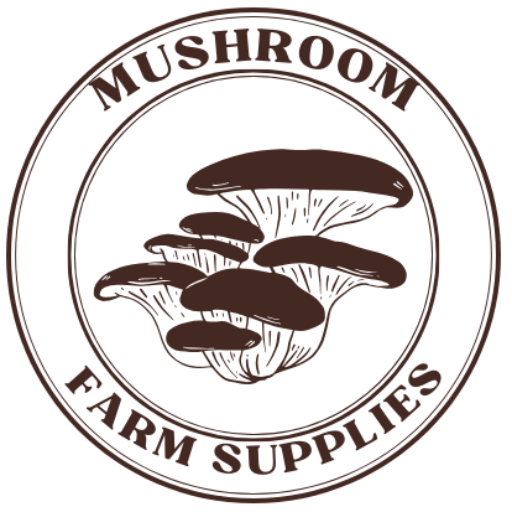What Are Mushroom Spores?
Mushroom spores are microscopic reproductive cells produced by fungi, similar to seeds in plants. These tiny cells are released from the gills, pores, or other structures of mature mushrooms and are essential for fungal reproduction. Each spore has the potential to grow into a new mycelium network under the right conditions, making spores the foundation of mushroom life cycles.
How Do Mushroom Spores Work?
Spores are dispersed into the environment through various methods, such as wind, water, or animal activity. When a spore lands in a suitable environment with the right temperature, humidity, and nutrients, it germinates and begins to grow into mycelium. This mycelium network eventually forms fruiting bodies, which produce new spores, completing the cycle.
Collecting and Storing Mushroom Spores
Collecting and storing spores is a common practice among mushroom growers. Here’s how it’s done:
- 🍄 Spore Prints: Place the cap of a mature mushroom on a piece of paper or glass overnight. The spores will fall and create a visible pattern.
- 🧫 Spore Syringes: Spores can be mixed with sterile water and stored in syringes for easy inoculation of substrates.
- ❄️ Storage: Spore prints and syringes can be stored in a cool, dark place for several months or even years.
The Role of Spores in Mushroom Cultivation
Spores are the starting point for growing mushrooms. Here’s how they are used in cultivation:
- 🌱 Inoculation: Spores are introduced to a sterilized substrate to initiate mycelium growth.
- 🔬 Genetic Diversity: Spores allow for genetic variation, which can lead to the development of new mushroom strains.
- 🌍 Sustainability: Collecting and using spores is a sustainable way to propagate mushrooms without relying on external sources.
Watch and Learn: Working with Mushroom Spores
Here are some informative videos to help you understand and work with mushroom spores:
Common Questions About Mushroom Spores
Here are answers to some frequently asked questions about mushroom spores:
- ❓ Are spores the same as seeds? No, spores are reproductive cells unique to fungi, while seeds are produced by plants.
- ❓ Can spores be seen with the naked eye? Individual spores are microscopic, but spore prints are visible and often used for identification.
- ❓ Are all mushroom spores safe to handle? Most spores are harmless, but some species produce spores that can cause allergic reactions or respiratory issues. Always handle spores with care.
Conclusion
Mushroom spores are the building blocks of fungal life and play a vital role in mushroom cultivation. By understanding how spores work, how to collect and store them, and their importance in growing mushrooms, you can unlock the full potential of your mushroom farm. Whether you’re a beginner or an experienced grower, working with spores opens up a world of possibilities for sustainable and innovative mushroom cultivation.
